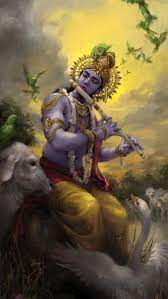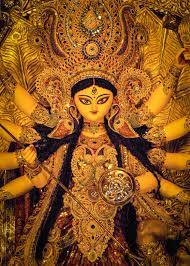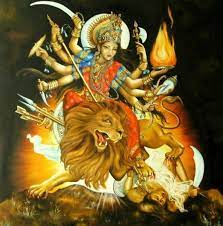
The Mythical Origins of Lord Shiva
Lord Shiva, one of the most revered deities in Hinduism, is known as the Destroyer in the Holy Trinity of gods, along with Brahma the Creator and Vishnu the Preserver. He is a complex and multifaceted deity, embodying both destructive and benevolent aspects. The origins of Lord Shiva are steeped in myth and legend, making his story a fascinating journey through the annals of Hindu mythology.
The Birth of Shiva
In Hindu mythology, the birth of Lord Shiva is a tale as enigmatic as the deity himself. It all begins with the cosmic ocean, where the Devas (celestial beings) and Asuras (demons) churned the ocean to obtain the nectar of immortality, known as Amrita. As the churning continued, a deadly poison, known as Halahala, emerged, threatening to destroy the universe.

To save creation from this imminent disaster, Lord Vishnu intervened. He requested all beings, both Devas and Asuras, to cooperate and churn the ocean together. While doing so, a divine jewel known as the "halahala-visha" emerged, and Lord Shiva, in his benevolent form, drank the poison to protect the cosmos.
The poison turned his throat blue, earning him the name "Neelkantha" (the one with a blue throat). This selfless act not only saved the world but also revealed Lord Shiva's compassionate and self-sacrificing nature.
Shiva's Asceticism

After the episode of the churning of the ocean, Lord Shiva retreated to the Himalayas, where he embraced a life of deep meditation and asceticism. His abode in the mountains is the sacred Mount Kailash, believed by Hindus to be the dwelling place of Lord Shiva.
During his meditation, Lord Shiva transcended the limitations of the physical world and became one with the universe. His deep meditation led to profound insights into the nature of existence, time, and reality, making him the embodiment of spiritual knowledge and wisdom.
Shiva as Ardhanarishvara
Another captivating aspect of Lord Shiva's origin myth is the representation of Ardhanarishvara, a composite androgynous form of Shiva and his consort, Parvati. The story behind this form is a reflection of the profound union of masculine and feminine energies in the universe.

Legend has it that Parvati, in her quest to become one with Shiva, performed intense penance. Pleased with her devotion, Shiva granted her the boon to become one with him, resulting in the unique form of Ardhanarishvara. In this form, Lord Shiva embodies both the masculine and feminine energies, symbolizing the inseparable unity of opposites.
Conclusion
The mythical origins of Lord Shiva are steeped in symbolism and spiritual depth. He is more than just a deity; he represents the journey of self-discovery, transformation, and enlightenment. From his act of consuming the poison to his profound meditation and the androgynous Ardhanarishvara form, Lord Shiva's story encapsulates the essence of Hindu philosophy – the interplay of creation and destruction, the balance of opposites, and the pursuit of spiritual realization.
Lord Shiva's timeless significance in Hinduism continues to inspire millions of devotees worldwide, reminding us of the enduring power of mythology and spirituality in shaping our understanding of the divine and the self.
Author Nishita Khanna

